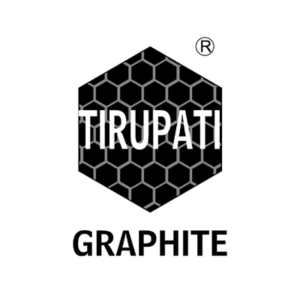Graphite is more than just the material in your pencil. This remarkable mineral, formed through metamorphism, plays a critical role in industries ranging from high-tech manufacturing to renewable energy. Its unique structure and properties make it indispensable in everything from lubricants to batteries, and even in the production of synthetic diamonds.
Most graphite forms through the metamorphism of organic-rich sedimentary rocks such as marble, quartzite, and schist. Coal, which is almost entirely composed of organic carbon, is a particularly abundant source of graphite-bearing rock when subjected to metamorphic processes. In some cases, graphite can also be found in igneous formations, pegmatites, and even in rare iron meteorites. While naturally occurring graphite crystals are rare, they are sometimes found in metamorphic rocks alongside pyroxene and spinel.
Despite its structural similarities to diamond—both being pure carbon—graphite and diamond have vastly different physical properties. While diamond is one of the hardest known materials, graphite is among the softest. Diamond is transparent, a poor conductor of electricity, and valued for its brilliance. Graphite, by contrast, is opaque, an excellent conductor, and widely used as a lubricant. Though diamonds form deep within the Earth under extreme pressure and heat, graphite is stable at surface conditions and results from the transformation of organic carbon over time. Interestingly, modern technology now allows companies to convert human remains into synthetic diamonds, offering an unconventional way to preserve memories.
Graphite’s economic importance cannot be overstated. Its high resistance to heat makes it an essential material in furnace linings and crucibles used in metal foundries. It also serves as a key component in lubricants, brake linings, alkaline batteries, and certain paints. Because of its metallic-like properties, graphite is used to produce electrodes and generator brushes. Its structure also enables a paradoxical duality—when aligned correctly, it forms strong, lightweight materials used in sporting equipment, while its weak interlayer bonds make it an ideal lubricant.
Beyond industrial applications, graphite has long been familiar to students as the “lead” in pencils. Historically referred to as “plumbago” or “black lead,” the term led to the common misconception that pencils contain lead. Modern pencils incorporate a blend of graphite and clay, with the balance determining the hardness of the writing instrument. The prevalence of #2 pencils in standardised testing can be traced back to graphite’s reflective properties, which enable scantron machines to accurately read test responses.
Graphite’s versatility makes it a critical material in today’s economy, with increasing demand in renewable energy applications such as lithium-ion batteries. As industries continue to evolve, the role of graphite is set to expand, reinforcing its importance as a cornerstone of technological and industrial advancement.
Tirupati Graphite PLC (LON:TGR) is a fully integrated specialist graphite and graphene producer, with operations in Madagascar and Mozambique. The Company is delivering on this strategy by being fully integrated from mine to graphene. Its global multi-location operations include primary mining and processing in Madagascar, hi-tech graphite processing in India to produce specialty graphite, and a state-of-art graphene and technology R&D center to be established in India.


